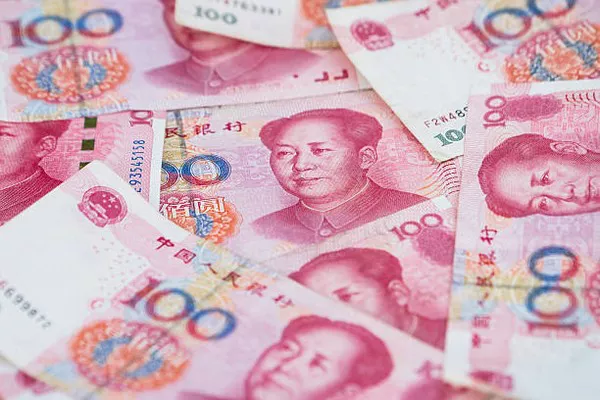In recent years, China has made significant strides in its efforts to elevate the status of its currency, the yuan (CNY), on the global stage. As the world’s second-largest economy, China aims to establish the yuan as a credible and widely accepted international currency. This ambition is driven by a desire to reduce dependence on the U.S. dollar, enhance financial stability, and bolster its influence in global financial markets. In this article, we explore the factors behind China’s push for internationalizing its currency and the challenges it faces in achieving this goal.
Historical Context
China’s journey towards internationalizing its currency can be traced back to the early 2000s when the country began opening up its financial markets and liberalizing its exchange rate policies. The first significant step was taken in 2005 when China depegged the yuan from the U.S. dollar and allowed it to float within a narrow band. Since then, China has taken a series of measures to promote the use of the yuan in international trade and finance.
One Belt, One Road Initiative
One of the key drivers behind China’s push for a global currency is its ambitious “Belt and Road Initiative” (BRI). Launched in 2013, the BRI aims to strengthen economic ties between China and other countries through infrastructure development and enhanced trade. By promoting the use of the yuan in BRI projects, China seeks to increase the currency’s international usage and reduce reliance on the U.S. dollar in the regions involved in the initiative.
Reserve Currency Status
China aspires to challenge the dominance of the U.S. dollar as the world’s primary reserve currency. Currently, the U.S. dollar holds a dominant position in global trade and finance, and many countries hold significant reserves in U.S. dollars. China believes that having the yuan recognized as a global reserve currency will enhance its economic and geopolitical influence.
Strategic Benefits of a Global Currency
The internationalization of the yuan is not merely an economic pursuit for China; it holds strategic importance. A globally accepted currency can provide China with increased leverage in diplomatic negotiations, reduce vulnerability to external economic pressures, and enhance its ability to shape global economic rules and standards.
Challenges to Yuan Internationalization
While China has made progress in internationalizing the yuan, several challenges persist on its path to achieving a truly global currency status.
Capital Controls: China maintains strict capital controls to manage the flow of funds in and out of the country. Relaxing these controls is essential for the yuan to become a freely traded and widely used currency in global financial markets.
Financial Market Reforms: China’s financial markets need further development and reforms to match the sophistication and openness of international financial centers like London and New York. Implementing reforms in areas such as market access, transparency, and regulatory frameworks is crucial.
Currency Stability: A globally accepted currency must exhibit stability. China needs to ensure that the yuan remains stable and resilient to economic shocks, which requires effective monetary policies and prudent economic management.
Trust and Confidence: Building trust and confidence among international investors, businesses, and governments is paramount. China needs to address concerns related to the transparency of its financial system, rule of law, and adherence to international norms.
Recent Developments
China has taken notable steps to address these challenges and promote the internationalization of the yuan. The establishment of offshore yuan clearing centers in major financial hubs, such as London and Singapore, has facilitated yuan-denominated transactions. Additionally, the inclusion of the yuan in the International Monetary Fund’s (IMF) Special Drawing Rights (SDR) basket in 2016 was a significant milestone, acknowledging the currency’s growing importance.
See Also Can I Use CNY in Hong Kong?
Conclusion
China’s quest for a globally recognized and accepted currency is a multifaceted endeavor driven by economic, strategic, and geopolitical considerations. The internationalization of the yuan represents a shift in the global financial landscape, with implications for the balance of economic power. While challenges remain, China’s commitment to financial reforms, increased market access, and the promotion of the yuan in international trade indicate a determined effort to reshape the dynamics of the global currency system. As the journey continues, the world will watch closely to see if the yuan can indeed achieve the coveted status that China envisions.


